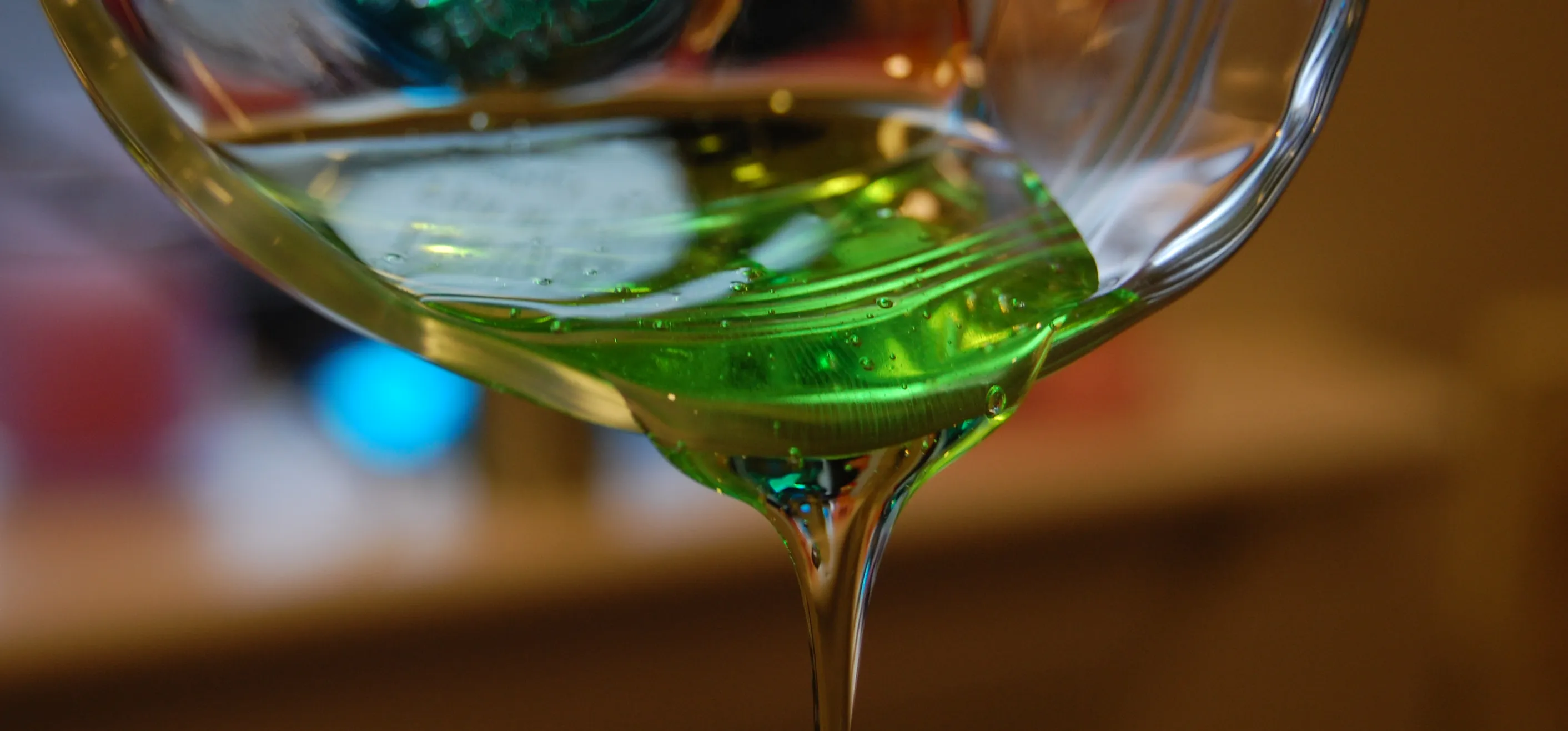If you prefer glow sticks over candles during a power outage, then this how-to is for you! Although glow sticks are used as temporary light sources, there are other applications for them. Divers use them for night diving, fisherman use them to catch swordfish, and the military uses them for light markers, along with infrared versions used in conjunction with night vision devices. But with all these handy uses for glow sticks, the most popular is — recreational use, like dancing at raves, something called glowsticking.
No matter what your reason for needing them, this video from Dr. Lithium of Nurd Rage will help you make your own homemade glowsticks. This video is more for teaching you about the science of glowsticks, since making them with these chemicals would be far too expensive in comparison to just buying them, unless you were to buy the chemicals in bulk.
See how to make glow sticks and go through all the chemicals needed as well as how to make different colors. Also learn about the chemistry and scientifically research a proposed mechanism.
To make the glow stick mix together the following:
10mL Diethyl Phthalate (solvent)
3mg of fluorescent dye
50mg TCPO
100mg sodium acetate
3mL 30% hydrogen peroxide (add last to start reaction)
The dyes and TCPO are carcinogenic and gloves should be worn when handling them.
The TCPO and sodium acetate amounts can be varied considerably and still obtain good light. Smaller quantities tend to be dimmer and decay faster, while larger quantities last longer.
Brought to you by one of WonderHowTo's favorite scientists, NurdRage.























Comments
Be the first, drop a comment!